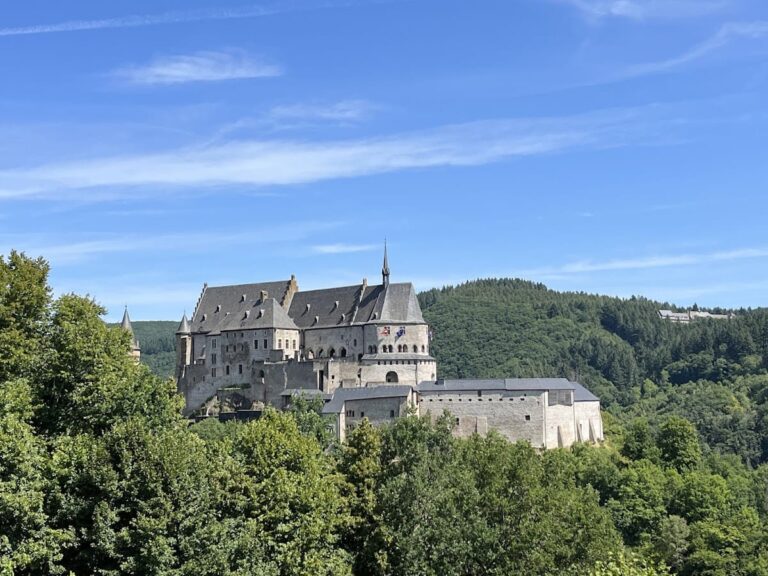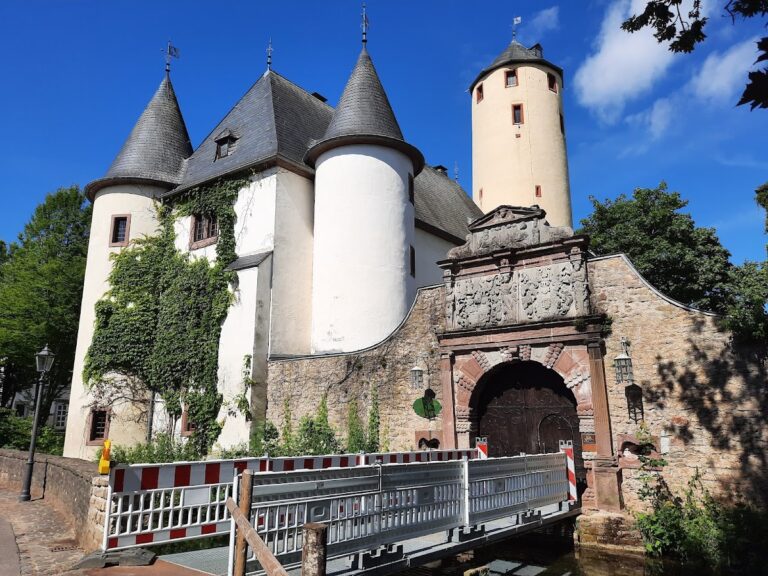Reuland Castle: A Historic Fortress in Burg Reuland, Belgium
Visitor Information
Google Rating: 4.3
Popularity: Low
Google Maps: View on Google Maps
Official Website: www.burg-reuland.be
Country: Belgium
Civilization: Unclassified
Remains: Military
History
Reuland Castle is situated in Burg Reuland, a municipality in present-day Belgium. The site’s origins trace back to Roman times when a fortification was established there, indicating its early strategic importance. Archaeological findings show continuous occupation from at least the 10th century onward, with the earliest surviving foundations linked to the 12th century.
The castle’s first recorded mention dates to 1148, identifying the Lords of Reuland as its owners. One notable figure, Theoderich von Reulant, took part in Emperor Frederick I’s crusade and died in 1189 near the city of Acre. The noble Reuland family held the estate until 1313, when their direct line ended. Subsequently, the castle passed to the Lords of Blankenheim, who sold the property in 1322 to John the Blind, the Count of Luxembourg and King of Bohemia.
In 1384, Wenzel of Luxembourg granted Reuland Castle as a fief to Edmund von Engelsdorf, who held an important hereditary chamberlain position within the House of Luxembourg. The original Lords of Reuland maintained this office until the end of the Ancien Régime, reflecting a continued association with the castle’s administration. Around 1414, ownership transferred to the Palant family through marriage. During the mid-15th century, they enhanced the castle’s defenses by adding semi-circular artillery towers, adapting the structure to evolving military needs. By the latter half of the 16th century, the castle had become primarily a noble residence.
Following the death of Ottilia von Pallandt-Reuland, the last direct descendant, in 1666, and later the final heir in 1736, a steward took charge of the property. The castle met destruction in 1794 when French troops set it on fire during military operations. In 1830, the site was sold for demolition but was soon acquired by the Mayeres family. Later, it was donated to the local municipality.
Restoration efforts began in the early 20th century, with the Prussian Rhine Province overseeing repairs in 1901 and 1902. The Belgian state purchased the grounds in 1923 to build an anti-aircraft installation and later extended ownership to the castle itself in 1986. Recognized as a protected monument since 1980, the castle has undergone phased restoration since 1988. Each year, a castle festival celebrates its heritage on the second weekend of July.
Remains
The ruins of Reuland Castle represent only a fragment of the original hilltop fortress, which was primarily constructed from sandstone interspersed with slate. The site features an enclosure wall reinforced by five towers that surround an inner courtyard measuring roughly 60 by 55 meters. While defensive elements such as the northern moat and outer bailey walls that extended into the Ulft valley no longer remain, the surviving fortifications clearly mark the castle’s medieval defensive layout.
A prominent architectural element is the three-story bergfried, or main tower, located in the southwest corner of the site. This large round tower, with walls about 1.25 meters thick, was partially rebuilt during early 20th-century restorations. Historical records suggest its collapse happened around 1616. Within the bergfried, traces of fireplaces are still visible, revealing aspects of heating and habitation inside this defensive structure.
In the southeastern corner, a bastion rises above the castle grounds, capped by a stone displaying the coat of arms of the Pallandt-Myllendonck family alongside the date 1604. This feature reflects the castle’s refurbishment during that period and the noble lineage connected to it.
The castle chapel was documented as late as 1795, but its precise location within the grounds cannot be identified today. Nearby, the building that currently houses the village pharmacy originally served as the castle’s manor house, tying contemporary structures to the site’s historical functions.
The ruins remain accessible on foot, allowing for an appreciation of the castle’s remaining defensive walls, towers, and the spatial arrangement of the inner courtyard that once formed the heart of this medieval stronghold.










